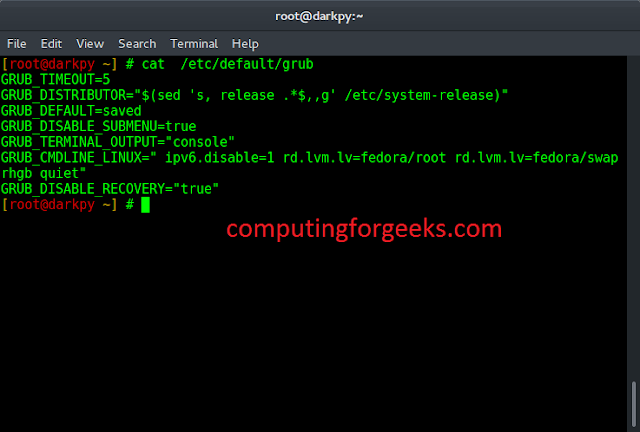Ember.js is a JavaScript framework for building web applications. It uses the Model-View-View Model (MVVM) architectural pattern, which separates the application’s data model, user interface, and logic into distinct components.
Architectural structure: The architecture of an Ember.js application consists of the following components:

Router and Route Handlers: In an Ember.js application, the router is responsible for mapping URLs to specific routes and templates. A route is a specific location within the application, and it can correspond to a specific URL or a set of URLs.
Route handlers are functions that are associated with a particular route. They are responsible for loading and displaying the appropriate data and templates for that route.
For example, if you have a route for a product detail page, the route handler might be responsible for loading the product data from the server and displaying it in the template for that route.
Route handlers can also handle user input and application logic. For example, if the product detail page has a form for adding a review, the route handler might handle the submission of the form and the validation of the review data.
In addition to route handlers, Ember.js also has route templates, which are Handlebars templates that define the structure and layout of the user interface for a particular route. The route handler is responsible for rendering the appropriate template for the route and displaying it to the user.
Overall, the router and route handlers in an Ember.js application are responsible for mapping URLs to specific locations within the application and handling the data and logic for those locations.
Models: In an Ember.js application, a model represents the data that the application manipulates and persists to a server or local storage. Models are defined using the Ember Data library, which provides a consistent, structured way to work with data in an Ember.js application.
Models are typically defined as classes that extend from the Model class provided by Ember Data. They can have attributes, which are properties that represent the data stored in the model, and relationships, which define how the model is related to other models.
For example, consider a model for a product in an e-commerce application. The product model might have attributes such as name, price, and description, and relationships such as category (which defines the category that the product belongs to) and reviews (which define the reviews that have been written for the product).
Models can also have methods, which are functions that operate on the data stored in the model. For example, a product model might have a method for calculating the average rating based on the reviews that have been written for it.
Models in Ember.js are typically used to represent the data that is displayed and manipulated by the application’s user interface. They provide a structured way to manage and manipulate data within the application, and they can be persisted to a server or local storage using adapters.
Templates: In an Ember.js application, templates define the structure and layout of the user interface. They are written in the Handlebars templating language, which is a declarative syntax for creating dynamic HTML templates.
Templates consist of HTML elements and Handlebars expressions, which are placeholders for dynamic content. Handlebars expressions are enclosed in curly braces and can reference variables, perform simple logic, and invoke helpers.
For example, consider the following template for a product detail page:
Javascript
<h1>{{product.name}}</h1> <p>{{product.description}}</p> <p>Price: {{product.price}}</p> <ul> {{#each product.reviews as |review|}} <li>{{review.text}} ({{review.rating}} stars)</li> {{/each}} </ul> |
In this template, the h1, p, and ul elements are static HTML elements, while the Handlebars expressions are used to display dynamic data from the product model (such as the name, description, and price) and to iterate over and display the reviews for the product.
Templates in Ember.js are typically associated with a specific route, and they are rendered by the route handler for that route. The route handler is responsible for passing the appropriate data to the template, which is then displayed to the user.
Overall, templates in Ember.js are an important part of the application’s user interface and provide a way to define the structure and layout of the interface in a declarative and reusable way.
Components: In an Ember.js application, components are reusable UI elements that can be composed to create complex user interfaces. Components are defined as classes that extend from the Component class provided by Ember.js, and they can have attributes, which are properties that represent the data for the component, and actions, which are functions that handle user input and trigger changes in the component’s state.
For example, consider a component for a star rating widget:
Javascript
import Component from '@ember/component'; export default class StarRatingComponent extends Component { rating = 0; maxRating = 5; @action setRating(newRating) { this.set('rating', newRating); } } |
In this example, the rating and maxRating attributes represent the current rating and the maximum rating that can be given, respectively. The setRating action allows the user to set the rating by clicking on the stars in the widget.
Components in Ember.js are typically used to encapsulate and reuse UI elements that are used in multiple places within the application. They provide a way to define UI elements in a modular and reusable way, and they can be composed to create more complex UI elements.
For example, the star rating widget component might be used as part of a product detail page, where it is used to display and allow the user to set the rating for a particular product.
Overall, components in Ember.js are an important part of the application’s user interface and provide a way to define and reuse UI elements in a modular and reusable way.




